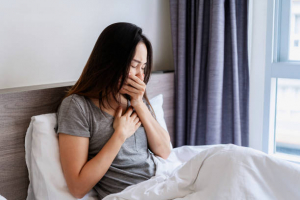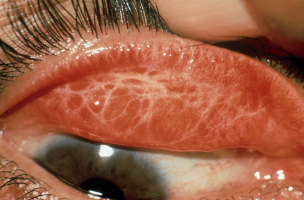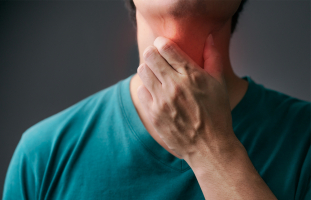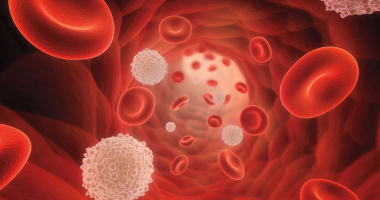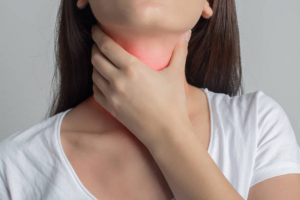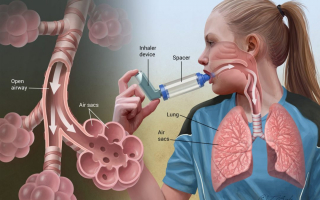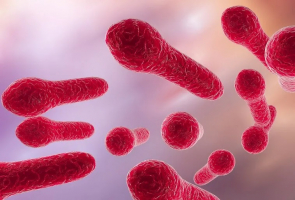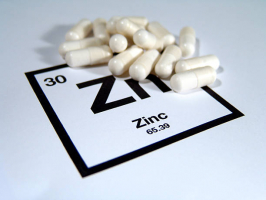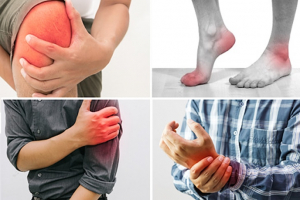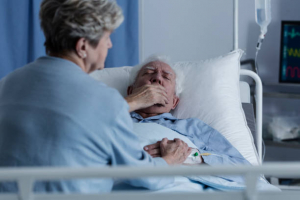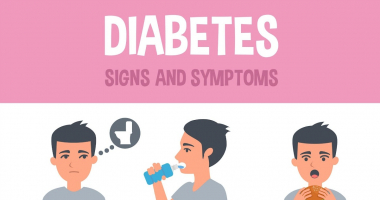Top 5 Signs and Symptoms of Osteoporosis
Osteoporosis (porous, brittle bones) is a condition in which bones are continuously thinning. Bone density declines over time, making bones more brittle, ... read more...vulnerable to injury, and breaking even with minor trauma. Osteoporosis fractures can occur in any bone. The disease usually progresses silently. In some cases, the disease is detected only when there are signs of bone fracture. Osteoporosis, if not detected and controlled early, can lead to extremely dangerous consequences. In order to proactively prevent and slow down this process, each individual needs to proactively recognize the symptoms of osteoporosis in order to soon conduct examination and treatment at a reputable facility. Please refer to the following article for more information!
-
The back is a complex structure, made up of bones, muscles, joints, and nerves. Therefore, it is difficult to pinpoint the exact cause of back pain without a specific medical examination. Back pain is a common disease in the elderly and tends to be younger. This is a chronic disease that occurs when discs and joints degenerate, bone spurs grow on the vertebrae of the spine. This leads to pain and a limited range of motion as nerves and other functions are affected.
According to statistics, up to 80% of cases of back pain have no known cause. Compared to men, women have a higher risk of osteoporosis disease. In addition, back pain can be a symptom of many different diseases, especially osteoporosis, so if not diagnosed and treated promptly, it can cause damage to the skeletal system, and spine and seriously affect the spine's importance to health.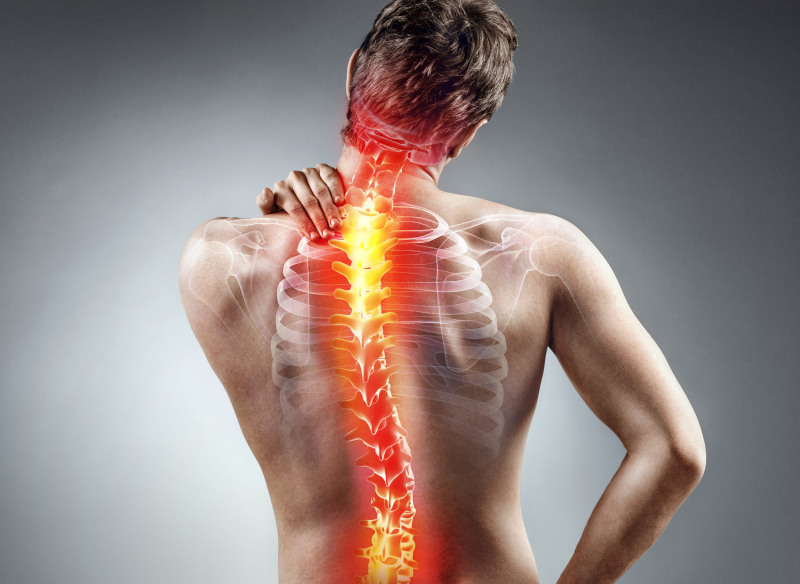
Back pain 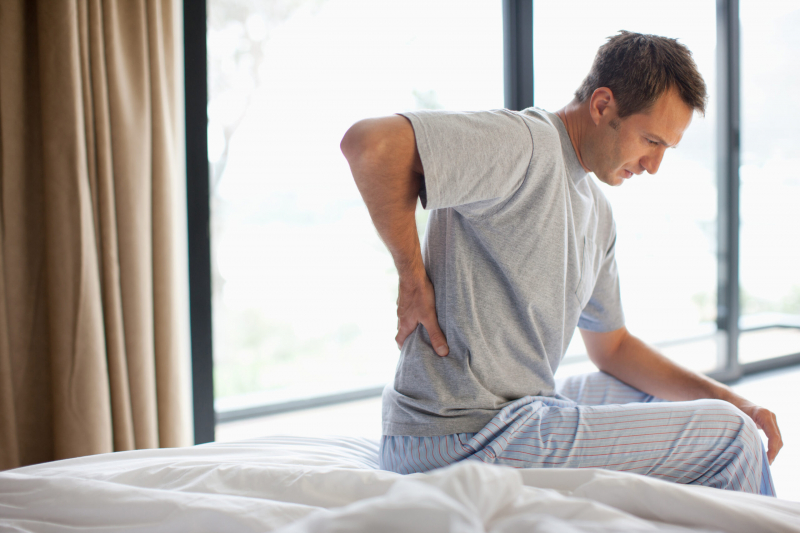
Back pain -
Many people think that bone pain in the whole body is simply due to changing weather, wrong posture, or overwork,… But they do not think that joint pain is also a warning sign of many diseases. If this condition persists, it can also be a warning sign of many dangerous diseases. In this case, it is necessary to examine and treat the disease early to avoid dangerous complications caused by the disease.
Bone pain is a typical symptom of osteoporosis. Patients often feel pain at the ends of the bones along with a feeling of longitudinal fatigue in the long bones. In some cases, patients have body aches that make them feel very painful and uncomfortable. In the long run, if not treated in time, the bones will weaken, become brittle, and very easy to break. According to doctors, people with osteoporosis are often accompanied by some symptoms of high blood pressure, varicose veins, and osteoarthritis. So it will be very dangerous if you ignore these symptoms.
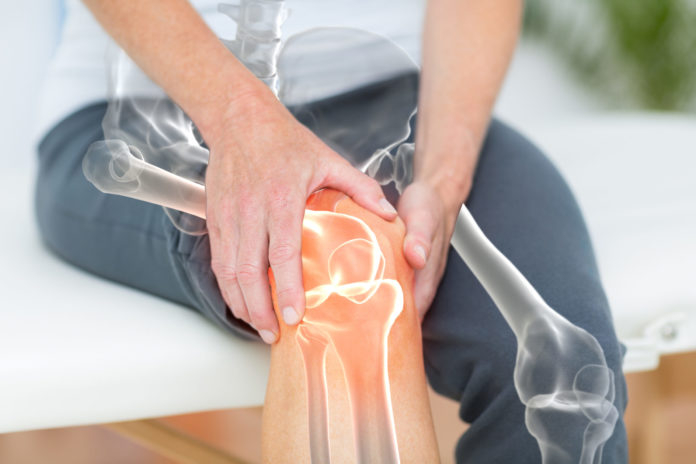
Bone pain 
Bone pain -
When your bone density is reduced, leading to a vertebral compression fracture (also known as a collapsed): patients often feel acute back pain; The patient's spine is hunched, crooked, stooped, or more seriously, the vertebrae may be broken leading to a decrease in height. In fact, many patients with scoliosis suffer from a lot of pain. There are even cases of spinal fractures leading to disability.
Most cases of vertebral collapse or scoliosis will initially be asymptomatic while in uncomplicated osteoporosis. When the number of damaged vertebrae is more than 50%, there is a risk of instability in each segment of the spine. The instability of the spine will accelerate the rate of spinal degeneration. Compared with fracture, vertebral collapse is less fatal for the patient but often causes permanent disability, affecting the patient's life.

Scoliosis 
Scoliosis -
Chest pain is a symptom that many people often experience, which can be caused by many reasons. The ribcage still needs to expand with the lungs every time you inhale and exhale, thanks to the soft and flexible cartilage. The rib cartilage that attaches the ribs to the sternum and the sternum to the collarbone makes it easier for the rib cage to move during breathing. So when you feel chest pain or shortness of breath, it may sound unrelated, but it is likely that your body is signaling osteoporosis.
This is the most visible complication of people with osteoporosis because the reduced bone density causes the spine to break, making the spine no longer strong and stable to support the body. The structure of the anterior part of the vertebrae is broken and collapsed to form a wedge due to the lack of a normal vertebra. As a result, of the curvature of the spine, kyphosis causes pressure on internal organs such as the lungs, intestines, and heart,... causing severe pain. The patient not only has difficulty walking, and often suffers from pain, but also causes anorexia, shortness of breath, fatigue, etc.
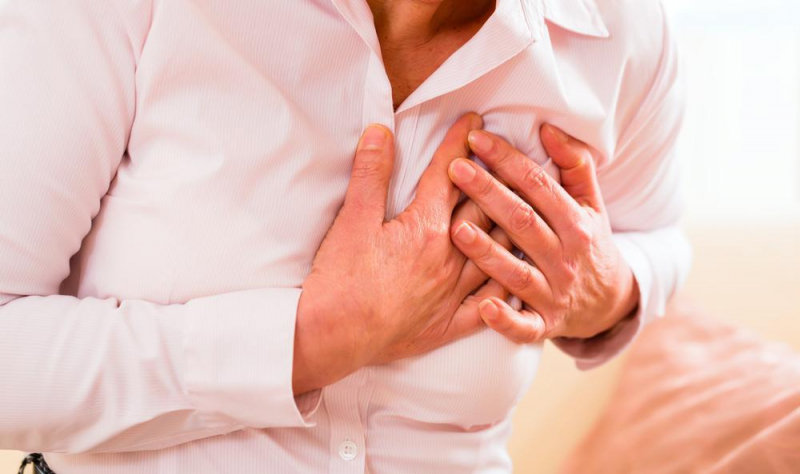
Chest pain and shortness of breath 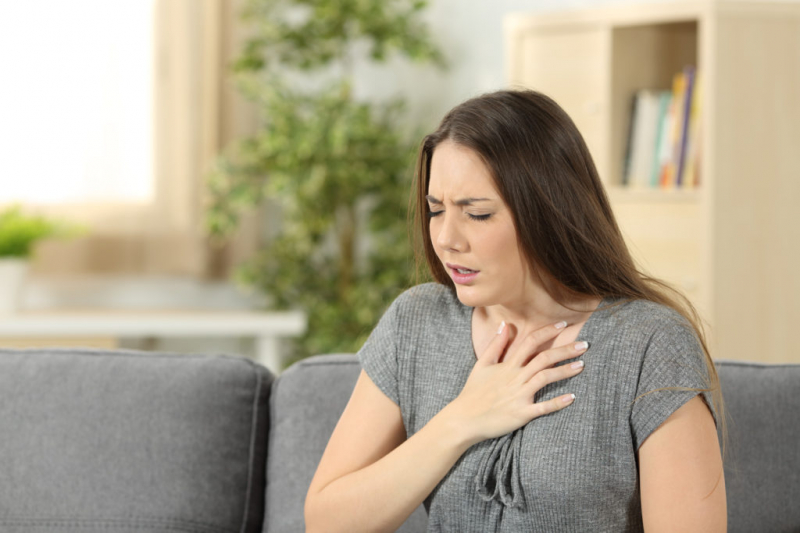
Chest pain and shortness of breath -
In the debate about bone and joint diseases, it is impossible to ignore the source of calcium minerals. Lack of calcium is the main cause of pain, degeneration, and osteoporosis. The typical symptom of osteoporosis is numbness in the limbs. There are some people who decide to go for a medical check-up when they feel numbness in their limbs. After being examined by a doctor and ordered to measure bone density, they were surprised when they had osteoporosis. Doctors recommend that osteoporosis has a silent progression, by the time the above signs are detected, the rate of bone loss may have been up to 30%.
The initial signs of numbness in the limbs are usually very mild: numbness of the fingertips, stinging, paresthesia, crawling, cramps, aches, and pains,... Therefore, patients are very subjective and do not seek early examination. When the disease is left for a long time, the level of numbness and pain will increase, at this time, the fingers are numb, more numb, quickly spreading the pain down the arm and forearm, making it difficult to move and hold. At the same time, the toes, feet, ankles, shins, thighs, buttocks, and waist area,... can also appear in the same situation.

Numbness in limbs 
Numbness in limbs







